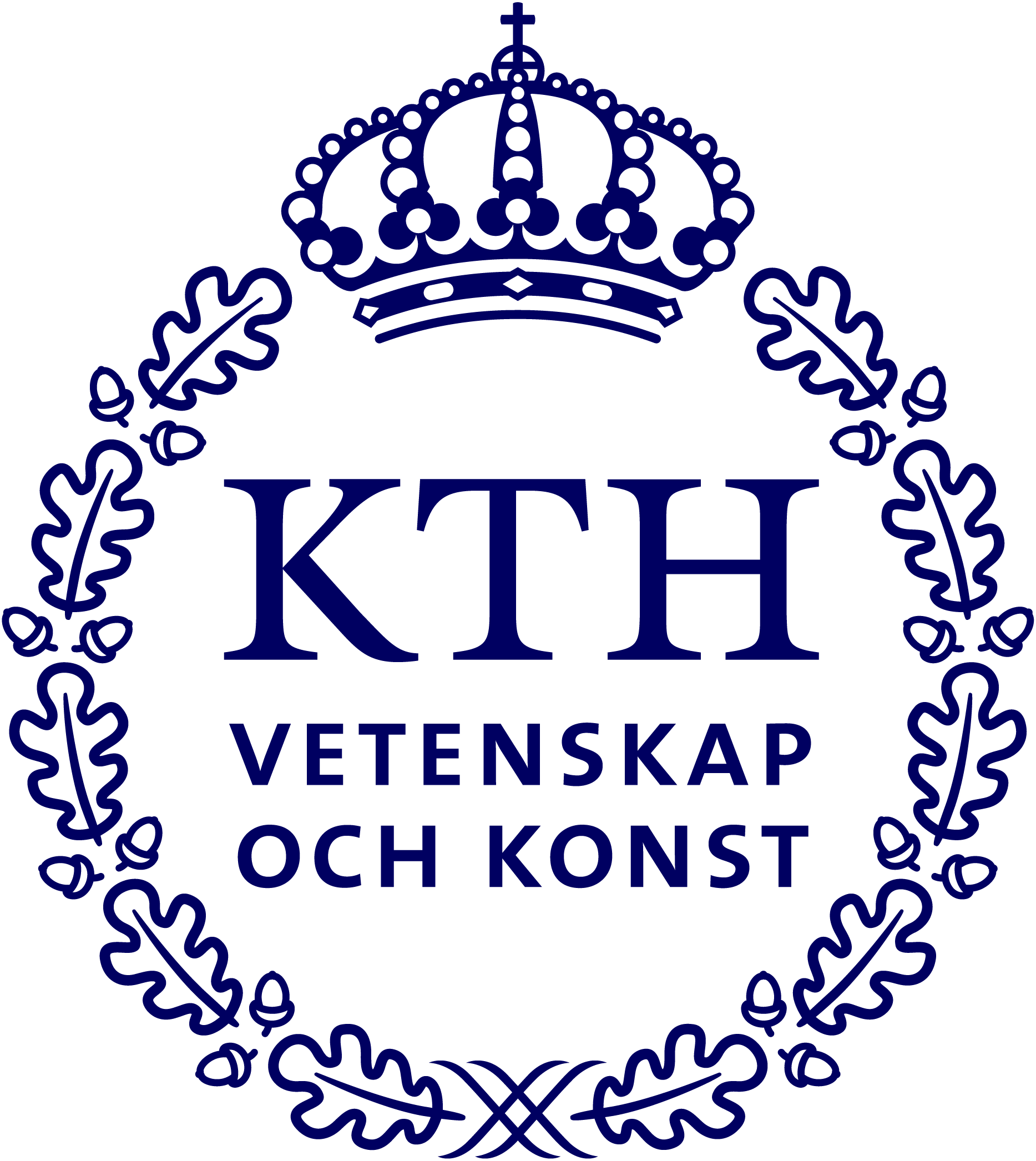
Postdoc Patrick Hammer: I always envisioned AI to become artificial life at some point
Meet Patrick Hammer, postdoc researcher at Stockholm University, Department of Psychology. Before joining Stockholm University, he got his PhD in Computer Science (AI track) at Temple University, Pennsylvania, United States, where he was a full-time research assistant of Pei Wang.
Hi Patrick, describe your role(s) as a Postdoc Fellow at Digital Futures and why you applied for this fellowship mobility program?
– I’m an AI researcher and Digital Futures postdoc working in the Department of Psychology at SU. I applied for this position because of the high degree of academic freedom it provides, which allows me to continue my research and to more closely work together with Dr Robert Johansson (at SU) whom I already collaborated with during my PhD, and with Dr Pawel Herman at KTH. I’m very grateful for this exceptional research environment existent in Stockholm which is truly fortified by the efforts of Digital Futures and its staff!
The title of your postdoc project is Intelligence through reasoning – tell us about this research project and why it is important?
– This project tries to re-explore the use of reasoning to build intelligent systems, by building on the foundation that Dr. Pei Wang has layed out: Non-Axiomatic Reasoning System (NARS). It’s a system which lives somewhere in the limbo between symbolic and connectionist AI, it can both learn and reason in real-time and in an open-ended way.
From a psychological perspective, both learning and reasoning is crucial to higher levels of intelligence, which allows individuals of a species to adapt quickly, to potentially critical situations they have not evolved for. It’s at the same time the key to true autonomy: “autonomous” robots which can’t learn and reason are destined to fail when situations occur which were not considered at design or training time or in simulation. Both makes them more dependent on a human, and hence less autonomous.
This research project continues my journey to make reasoning-learning systems based on NARS theory practical, and resolves related open theoretical questions underway.
Have you already some results from your work and if so, how could this result be used? Has anything that surprised you turned up?
– Yes, a new release of the open-source software OpenNARS for Applications (ONA, v0.9.0) which includes integration with a Convolutional Neural Network for object detection and Simultaneous Localization And Mapping algorithm to let the system control a mobile robot with manipulator arm, featuring:
- Proof-of-concept of replacing motion planning with more robust real-time decision-making on observed visual and servo motor feedback, allowing the robot to pick up objects of different sizes and to recover from failure.
- Ability to learn location of objects, object avoidance, and generally simple causal relationships (e.g. how movement and manipulation of objects affects their location).
Immediate use case: adaptive autonomous robots which can adapt to novel situations in a data-efficient way, and hence are more independent from humans in carrying out their task.– Surprising is that the system can solve some psychological experiments (similar to IQ tests), some of which have been solved by animals yet not by any AI system. These results were partly unexpected and followed from non-trivial combinations of reasoning and learning. Related publications are underway.
Your research interests include Artificial Intelligence, Reasoning Systems, Autonomous Robots, Machine Learning, Deep Learning and Cognitive Science – why do you find these topics so interesting?
– Many ideas in, at least, these topics are required if natural intelligence, as found in nature, is to be explained to a degree that it can be replicated in computer systems. This interested me since my childhood, not sure why, and I always envisioned AI to become artificial life at some point, even when potentially centuries away.
It would never stop to learn, not be constrained to one specific task, and actively engage with us and its environment instead of just playing the passive role of current AI. This sounds like wishful thinking, but remember, all animals on the planet do exactly that, and some do that with just 1 million neurons or less. Google “Soccer playing bumblebees”, I’m not kidding!
There is tremendous work to understand that, in Cognitive Science and Psychology, Neuroscience, and Artificial General Intelligence which led to models like we are working on.
Starting in September Dr Pei Wang, Dr Robert Johansson and you will host an 8-week PhD course on Artificial General Intelligence. What is the focus and who could participate?
– The focus is to give students an introduction to the topic of AGI. We will show them why this re-focus of intelligence as a general-purpose capability is necessary, and what has been achieved in this area thus far, and with which techniques and systems. Hereby we will present our model in detail, but will cover other models as well.
Students from various engineering disciplines are welcome, and so are students in humanities. The course project will consider the different backgrounds of the students individually, to allow them to relate this course to their own work and interests.
Finally, tell us a little bit about yourself!
– I’m extremely fascinated by the human mind and consider understanding it the biggest scientific breakthrough humanity has yet to make. Besides that, family and friends, Shotokan Karate, driving my unicycle, swimming with ducks, and days, where I can carry out my research without disturbance, are all I need. And I’m trying to learn Swedish, but I’m not very talented in learning languages, and the fact that seemingly everyone in Sweden speaks English very well doesn’t help, unfortunately.
Link to the postdoc project Intelligence through Reasoning


